Home>diy>Building & Construction>What Is Type 1 And Type 2 Construction
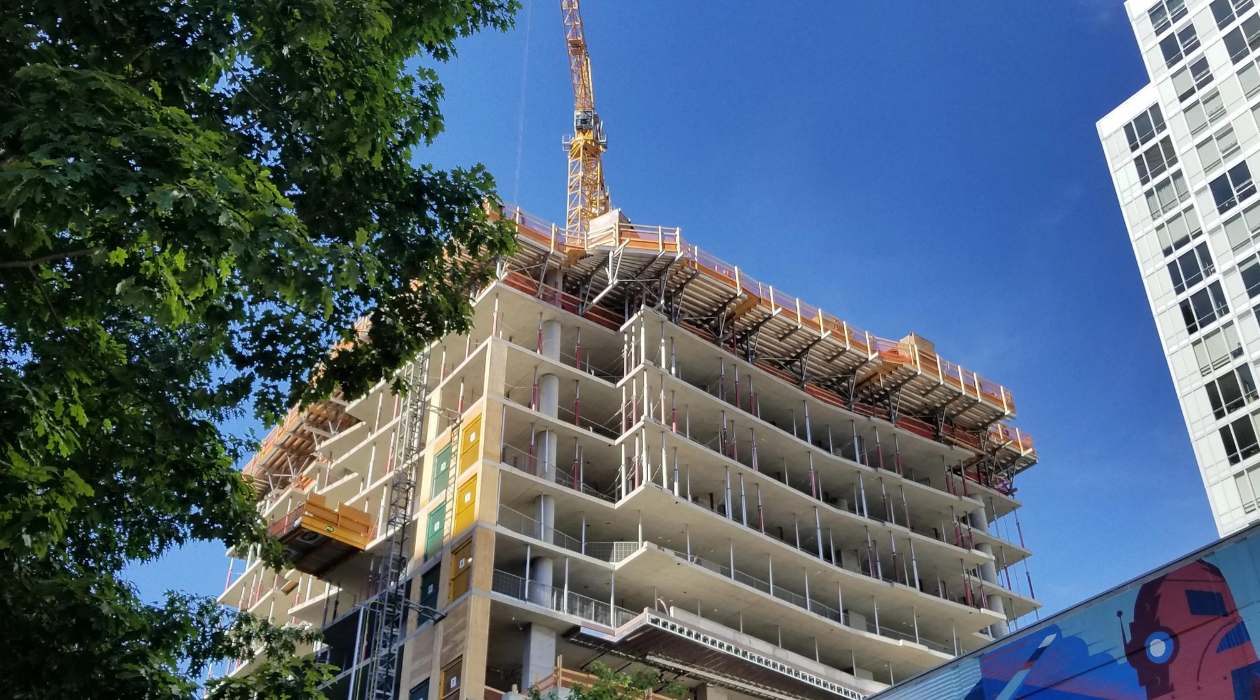

Building & Construction
What Is Type 1 And Type 2 Construction
Modified: December 7, 2023
Learn about the differences between Type 1 and Type 2 construction in building construction. Find out which type suits your project best.
(Many of the links in this article redirect to a specific reviewed product. Your purchase of these products through affiliate links helps to generate commission for Storables.com, at no extra cost. Learn more)
Introduction
Building construction is an intricate and multi-faceted process that involves various techniques, materials, and structural designs. When it comes to categorizing construction types, two common classification systems are used: Type 1 and Type 2. These classifications are crucial for understanding the structural integrity and fire resistance of buildings. In this article, we will delve into the definitions, key differences, and examples of Type 1 and Type 2 construction.
Type 1 construction, also known as fire-resistive construction, refers to buildings that are designed and constructed to withstand fire hazards and limit the spread of flames. These structures are typically made of non-combustible materials such as concrete, steel, and masonry. The primary focus of Type 1 construction is to provide maximum fire protection and structural stability, making it suitable for high-rise buildings, hospitals, and other critical infrastructure.
Type 2 construction, on the other hand, is known as non-combustible construction and offers a moderate level of fire resistance. Buildings classified as Type 2 construction may have combustible materials, such as wood or steel with fire-resistant coatings, in their structural elements. While Type 2 construction provides less fire protection compared to Type 1, it is still considered a safe and reliable option for low-rise commercial buildings, warehouses, and industrial facilities.
Understanding the key differences between Type 1 and Type 2 construction is crucial for architects, engineers, and building owners in determining the appropriate construction methods for their projects. The main differentiating factors include the materials used, fire resistance ratings, and structural design requirements.
In the following sections, we will explore these differences in more detail and provide examples of Type 1 and Type 2 construction to further illustrate their applications and characteristics.
Key Takeaways:
- Type 1 construction prioritizes maximum fire protection and structural integrity, using non-combustible materials for high-rise buildings, hospitals, and critical infrastructure. It’s more expensive but crucial for safeguarding occupants and properties.
- Type 2 construction offers a moderate level of fire resistance, incorporating protected combustible materials for low-rise commercial buildings and warehouses. It balances safety and cost-effectiveness, making it suitable for various structures.
Read more: What Type Of Industry Is Construction
Definition of Type 1 Construction
Type 1 construction, also known as fire-resistive construction, is a classification system that refers to buildings constructed to withstand fire hazards and limit the spread of flames. These structures are designed to provide the highest level of fire protection and structural integrity, making them suitable for high-rise buildings, hospitals, schools, and other critical infrastructure.
One of the defining features of Type 1 construction is the use of non-combustible materials, including concrete, steel, and masonry. These materials have exceptional fire-resistant properties and help prevent the rapid spread of fire. Concrete, in particular, offers excellent fire resistance due to its low thermal conductivity and ability to withstand high temperatures.
In Type 1 construction, all structural elements, including walls, floors, and roof assemblies, must meet specific fire resistance ratings. These ratings are determined based on rigorous testing and are designed to ensure that the structure remains stable and protected during a fire event. Additionally, Type 1 buildings often incorporate fire suppression systems, such as sprinklers, fireproofing coatings, and fire-resistant doors, to further enhance their fire resistance capabilities.
Fire-resistant construction techniques and designs are crucial in Type 1 construction. Structural elements are carefully engineered to endure the intense heat and pressures that result from fires. For example, steel beams and columns are often protected with fireproofing materials to maintain their integrity under high temperatures. Walls and floors are built to have fire-rated assemblies, which provide a barrier against fire and limit its spread within the building.
Type 1 construction is typically required for buildings with greater occupant capacity or critical infrastructure that needs maximum fire protection. These structures are designed with the safety of occupants and the protection of surrounding properties in mind. Due to the rigorous fire-resistant requirements, Type 1 construction can be more expensive and time-consuming to build compared to other construction types.
In summary, Type 1 construction refers to buildings made with non-combustible materials and designed to withstand fire hazards. It provides the highest level of fire protection and structural integrity, making it ideal for high-rise buildings and critical infrastructure. The careful selection of materials, application of fire protection systems, and adherence to strict fire resistance ratings are all critical components of Type 1 construction.
Definition of Type 2 Construction
Type 2 construction, also known as non-combustible construction, is a classification system that refers to buildings constructed with materials that have a moderate level of fire resistance. Unlike Type 1 construction, Type 2 buildings may incorporate combustible materials, such as wood or steel with fire-resistant coatings, in their structural elements.
The primary goal of Type 2 construction is to provide a balance between structural integrity and fire resistance. While combustible materials are used, they are treated or protected to reduce their susceptibility to fire and limit the spread of flames. This makes Type 2 construction a suitable choice for low-rise commercial buildings, warehouses, and industrial facilities.
In Type 2 construction, the structural elements, such as walls, floors, and roofs, may include materials like fire-rated wood, steel with fire-resistant coatings, or concrete block with fire-rated assemblies. These materials are chosen based on their ability to withstand fire and prevent its rapid spread throughout the building.
Fire-resistant coatings applied to steel structural elements, for example, help protect them from high temperatures, thereby preserving their strength and stability during a fire event. Similarly, fire-rated wood, often treated with fire retardants, is used in Type 2 construction to reduce its flammability and slow down its contribution to the fire’s spread.
Although Type 2 construction offers less fire protection compared to Type 1, it still ensures a reasonable level of safety for occupants and surrounding properties. These buildings are designed to comply with local fire codes and regulations to minimize the risk of fire-related incidents.
While Type 2 construction may be less costly compared to Type 1, it still requires careful consideration of fire-resistant materials and construction techniques. This includes the proper installation of fire-rated assemblies, the use of fire suppression systems, and adherence to fire resistance ratings for structural elements. Building owners and architects need to ensure that these requirements are met to maintain the safety and integrity of the structure.
In summary, Type 2 construction is classified as non-combustible construction, but it may incorporate protected or treated combustible materials. This type of construction provides a moderate level of fire resistance and is commonly used in low-rise commercial buildings and industrial facilities. The use of fire-resistant coatings, fire-rated wood, and adherence to fire safety regulations are all important elements in Type 2 construction.
Comparison of Type 1 and Type 2 Construction
While Type 1 and Type 2 construction share the common goal of providing fire resistance and structural integrity, there are key differences between the two classifications. Understanding these differences can help determine the most appropriate construction type for specific projects:
- Materials: Type 1 construction utilizes non-combustible materials, such as concrete, steel, and masonry, throughout the entire structure. In contrast, Type 2 construction may incorporate combustible materials, such as fire-treated wood or steel with fire-resistant coatings, alongside non-combustible materials.
- Fire Resistance Ratings: Type 1 construction has stricter fire resistance requirements compared to Type 2 construction. Type 1 buildings are designed to withstand fire for a specified duration, as determined by fire resistance ratings for various structural elements, such as walls, floors, and roofs.
- Building Height: Type 1 construction is primarily used for high-rise buildings due to its high level of fire protection and structural stability. Type 2 construction, on the other hand, is more commonly used for low-rise commercial buildings and industrial facilities.
- Cost and Time: Type 1 construction typically requires more time and expense due to the use of non-combustible materials and strict fire-resistant design requirements. Type 2 construction, which allows for some combustible materials, may be more cost-effective and less time-consuming.
- Fire Spread: Type 1 construction is specifically designed to limit the spread of fire within the building. The use of non-combustible materials and fire-resistant assemblies helps prevent the rapid spread of flames. In Type 2 construction, while fire-resistant materials are utilized, there is a higher potential for fire spread due to the presence of combustible elements.
It is important to note that the choice between Type 1 and Type 2 construction depends on various factors, including the intended building use, local building codes, and budget constraints. High-rise buildings or structures with large occupant capacities typically require the enhanced fire protection provided by Type 1 construction. On the other hand, low-rise commercial buildings and industrial facilities may find Type 2 construction to be a suitable and cost-effective option.
Architects, engineers, and building owners must carefully evaluate the specific project requirements and consult with fire protection experts to determine the most appropriate construction type. By considering factors such as building height, occupancy, budget, and fire safety regulations, they can make informed decisions and ensure the safety and longevity of the building.
Type 1 construction refers to fire-resistant materials like concrete and steel, while type 2 uses non-combustible materials like wood. Understanding these differences is crucial for building design and safety.
Key Differences between Type 1 and Type 2 Construction
Type 1 and Type 2 construction are distinct classifications with significant differences in terms of materials, fire resistance ratings, and application. Understanding these key differences can help professionals make informed decisions when it comes to choosing the appropriate construction type for their projects. Here are the main differentiating factors:
- Materials: Type 1 construction exclusively utilizes non-combustible materials throughout the entire structure. This includes materials such as concrete, steel, and masonry, which have superior fire-resistant properties. In contrast, Type 2 construction may incorporate both combustible and non-combustible materials. Combustible materials used in Type 2 construction, such as fire-treated wood or steel with fire-resistant coatings, are protected or treated to reduce their vulnerability to fire.
- Fire Resistance Ratings: Type 1 construction has stricter fire resistance requirements compared to Type 2 construction. Building elements in Type 1 construction, such as walls, floors, and roofs, are designed to withstand fire for a specified duration, as determined by fire resistance ratings. These ratings are obtained through rigorous testing and ensure that the structure remains stable and protected during a fire event. In Type 2 construction, fire resistance ratings may be lower for certain elements, given the inclusion of some combustible materials.
- Building Height: Type 1 construction is commonly used for high-rise buildings due to its exceptional fire protection and structural stability. Given the stringent fire-resistant requirements and use of non-combustible materials, Type 1 construction is well-suited for structures that demand maximum safety, such as hospitals, schools, and critical infrastructure. On the other hand, Type 2 construction is typically employed for low-rise commercial buildings, warehouses, and industrial facilities.
- Cost and Time: Type 1 construction generally involves higher costs and longer construction timelines compared to Type 2 construction. This is primarily due to the exclusive use of non-combustible materials and the strict fire-resistant design requirements associated with Type 1 construction. Type 2 construction, which incorporates some combustible materials, can be more cost-effective and time-efficient.
- Fire Spread: Type 1 construction is specifically designed to limit the spread of fire within the building. The use of non-combustible materials and fire-resistant assemblies in Type 1 construction helps to prevent the rapid spread of flames. In Type 2 construction, although fire-resistant materials are incorporated, the presence of combustible elements increases the potential for fire spread.
When determining the most appropriate construction type, various factors must be considered, including building height, intended use, budget, and fire safety regulations. Type 1 construction is typically suitable for structures requiring maximum fire protection, such as high-rise buildings. Meanwhile, Type 2 construction offers a balance between cost, practicality, and fire resistance, making it more commonly used for low-rise commercial buildings and industrial facilities.
Architects, engineers, and building owners should consult with fire protection experts and consider local building codes and regulations to ensure compliance and safety. By evaluating the specific project requirements in light of the key differences between Type 1 and Type 2 construction, professionals can make informed decisions that prioritize the protection and well-being of occupants and properties.
Read more: What Type Of Grass Is Marathon 2
Examples of Type 1 Construction
Type 1 construction, also known as fire-resistive construction, is commonly seen in various types of buildings where maximum fire protection and structural integrity are of utmost importance. Here are some examples of structures that fall under Type 1 construction:
- High-rise Buildings: Skyscrapers and tall buildings are often constructed using Type 1 construction due to their significant height and occupancy capacity. The use of non-combustible materials such as steel, concrete, and masonry ensures a high level of fire resistance and structural stability.
- Hospitals and Healthcare Facilities: Healthcare facilities require stringent fire safety measures to protect patients and staff. Type 1 construction is often employed in hospitals, clinics, and medical centers to ensure enhanced fire resistance and optimal safety in case of a fire.
- Schools and Educational Institutions: Schools and educational buildings house large numbers of students and staff, making fire safety a top priority. Type 1 construction provides the necessary fire protection and structural integrity needed to safeguard these vulnerable populations during a fire emergency.
- Government and Municipal Buildings: Government facilities, such as courthouses, police stations, and city halls, require robust fire resistance measures. Type 1 construction is commonly used in these structures to provide a high level of fire protection and ensure the continuity of essential services during emergencies.
- Critical Infrastructure: Type 1 construction is essential for structures considered critical infrastructure, such as power plants, data centers, and transportation hubs. These facilities often house sensitive equipment and materials that must be protected from the potential devastation caused by fire.
In Type 1 construction, each of these examples incorporates non-combustible materials and adheres to stringent fire resistance ratings and design requirements. This ensures that the structures remain stable, minimize the spread of fire, and provide the necessary time for evacuation and firefighting operations in the event of a fire.
It is worth noting that while Type 1 construction is commonly used in these examples, there may be variations in the specific materials, fire protection systems, and design approaches based on the unique requirements of each project. Consulting with architects, engineers, and fire safety professionals is crucial to ensure that the specific needs and regulations of each building are met.
In summary, Type 1 construction finds its applications in various high-rise buildings, hospitals, schools, government facilities, and critical infrastructure. The use of non-combustible materials and adherence to strict fire resistance standards make Type 1 construction well-suited for structures that demand the highest level of fire protection and structural integrity.
Examples of Type 2 Construction
Type 2 construction, also known as non-combustible construction, is commonly used in a range of buildings where a moderate level of fire resistance is required. Here are some examples of structures that fall under Type 2 construction:
- Low-rise Commercial Buildings: Type 2 construction is often employed in low-rise commercial buildings such as offices, retail stores, and restaurants. These structures typically use a combination of non-combustible materials like concrete or steel and protected or fire-treated combustible materials like fire-rated wood or steel with fire-resistant coatings.
- Warehouses and Industrial Facilities: Warehouses and industrial facilities often utilize Type 2 construction due to its cost-effectiveness and practicality. The combination of non-combustible and protected or fire-treated combustible materials helps strike a balance between fire resistance and affordability.
- Storage Facilities: Type 2 construction is commonly seen in storage facilities where fire safety requirements must be met while still maintaining a reasonable construction cost. Combustible materials such as fire-rated wood or fire-treated structural steel may be used in conjunction with non-combustible materials.
- Recreational Facilities: Some recreational facilities, such as sports complexes and indoor entertainment centers, may incorporate Type 2 construction. This construction type provides an acceptable level of fire resistance while offering the flexibility to utilize both non-combustible and combustible materials.
- Multi-story Residential Buildings: Type 2 construction can also be used in multi-story residential buildings where fire safety regulations permit. Protected or fire-treated wood may be utilized in combination with non-combustible materials to provide a balance between fire resistance and cost considerations.
In Type 2 construction, the incorporation of protected or fire-treated combustible materials alongside non-combustible materials allows for a more cost-effective approach compared to Type 1 construction. However, it is essential to ensure that the materials used and the configuration of the structure adhere to fire codes and safety regulations for Type 2 construction.
It is worth noting that each example of Type 2 construction may have specific variations in the types of materials used, fire-resistant coatings applied, and fire protection systems employed. Consulting with building professionals and fire safety experts is crucial to ensure that the specific requirements and regulations of each project are met.
In summary, Type 2 construction finds its applications in low-rise commercial buildings, warehouses, storage facilities, recreational facilities, and multi-story residential buildings. The combination of non-combustible materials with protected or fire-treated combustible materials allows for a balance between fire resistance and cost considerations in these structures.
Conclusion
Understanding the difference between Type 1 and Type 2 construction is essential for architects, engineers, and building owners when it comes to designing and constructing safe and resilient structures. Type 1 construction, also known as fire-resistive construction, provides the highest level of fire protection and is commonly used in high-rise buildings, hospitals, schools, and critical infrastructure. On the other hand, Type 2 construction, also known as non-combustible construction, offers a moderate level of fire resistance and is suitable for low-rise commercial buildings, warehouses, and industrial facilities.
Key differences between the two construction types lie in the materials used, fire resistance ratings, building height, cost considerations, and the potential for fire spread. Type 1 construction exclusively utilizes non-combustible materials throughout the structure and has stricter fire resistance requirements. It is commonly found in tall buildings and critical infrastructure. Type 2 construction allows for the incorporation of protected or fire-treated combustible materials alongside non-combustible materials, making it more cost-effective and suitable for low-rise commercial buildings and industrial facilities.
Examples of Type 1 construction include high-rise buildings, hospitals, schools, government facilities, and critical infrastructure. These structures prioritize fire protection and structural integrity, utilizing non-combustible materials and stringent design requirements. On the other hand, examples of Type 2 construction encompass low-rise commercial buildings, warehouses, storage facilities, recreational facilities, and multi-story residential buildings. These structures strike a balance between fire resistance and cost-effectiveness by incorporating protected or fire-treated combustible materials alongside non-combustible materials.
In conclusion, the choice between Type 1 and Type 2 construction depends on various factors such as building height, occupancy, budget, and fire safety regulations. Both construction types serve distinct purposes and offer different levels of fire protection and structural integrity. Consulting with experts in the field of fire safety and construction is crucial to ensure that the chosen construction type meets the specific requirements and regulations of each project.
By understanding the nuances between Type 1 and Type 2 construction, professionals can make informed decisions that prioritize the safety, durability, and functionality of buildings, resulting in structures that provide optimal protection for occupants and properties in the event of a fire.
Frequently Asked Questions about What Is Type 1 And Type 2 Construction
Was this page helpful?
At Storables.com, we guarantee accurate and reliable information. Our content, validated by Expert Board Contributors, is crafted following stringent Editorial Policies. We're committed to providing you with well-researched, expert-backed insights for all your informational needs.

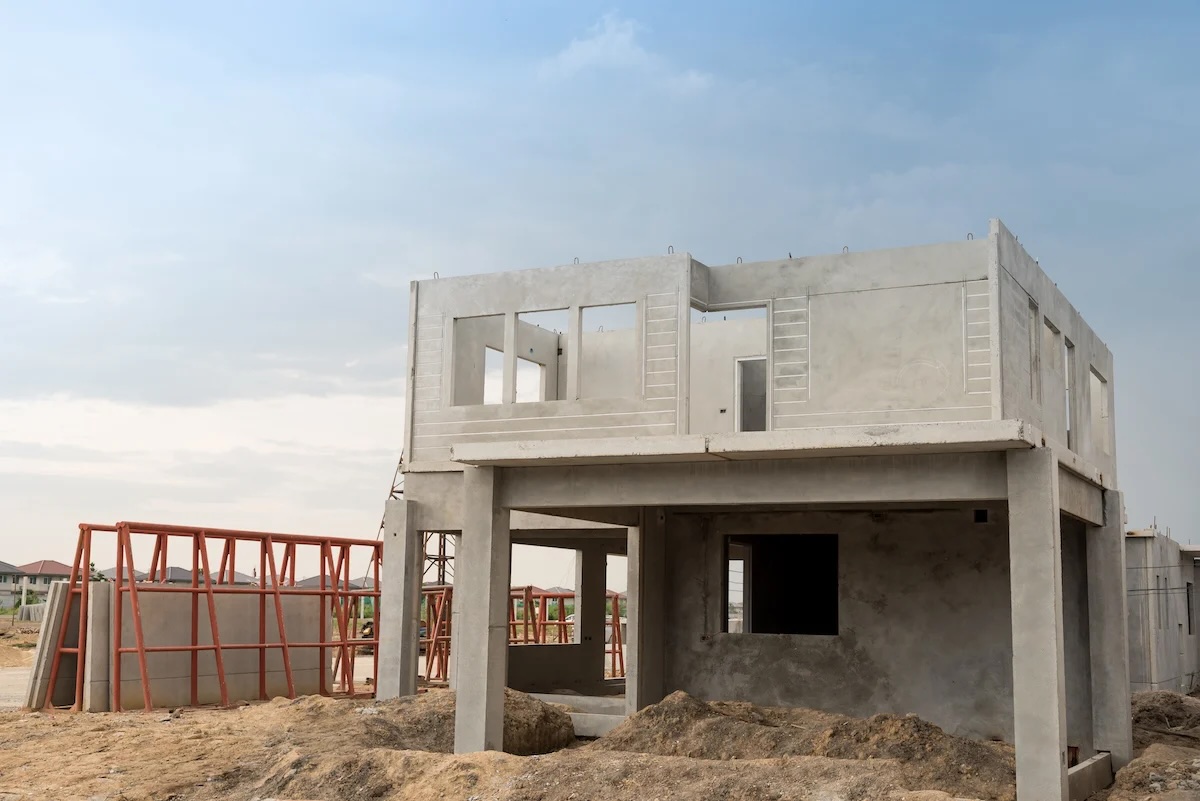
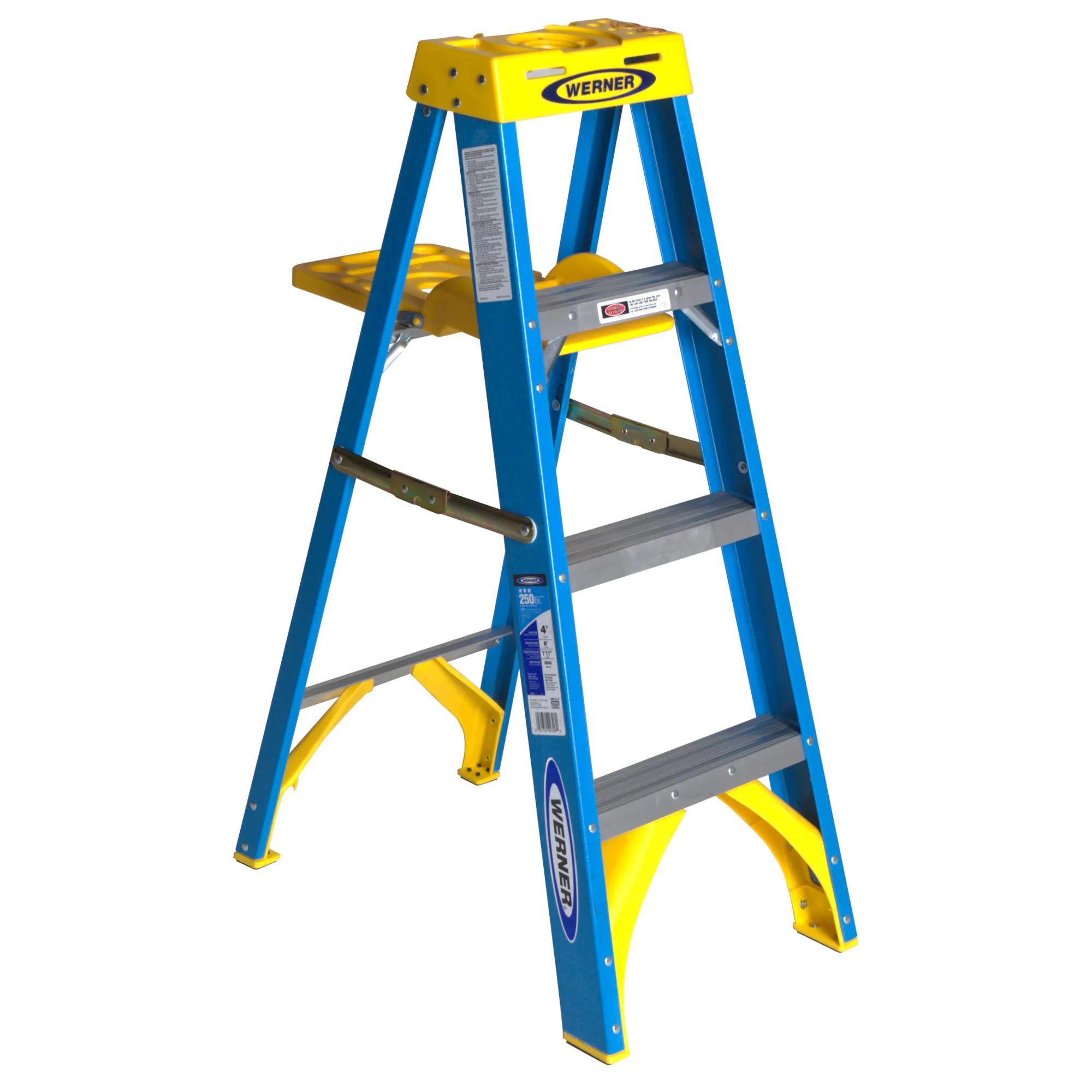
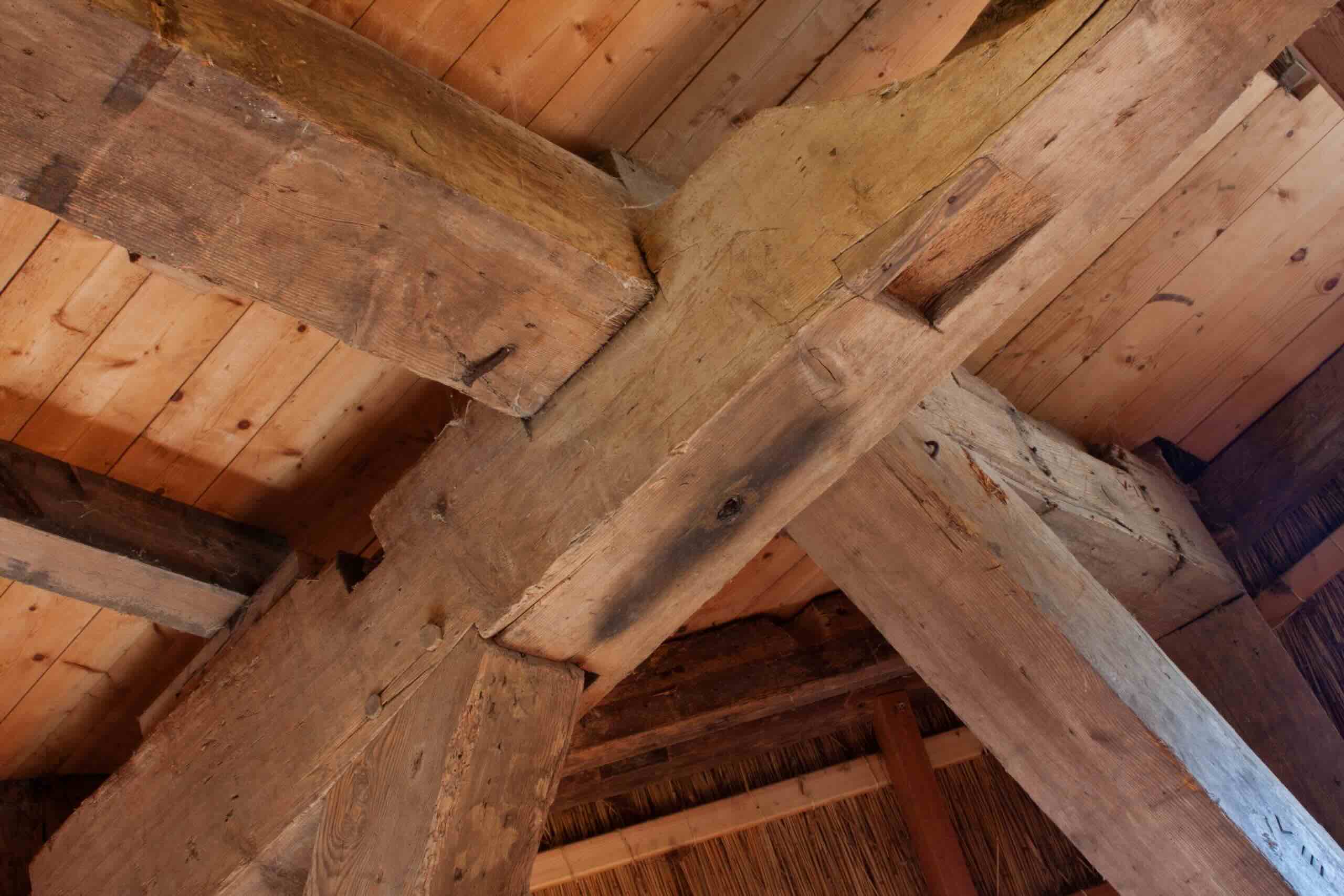


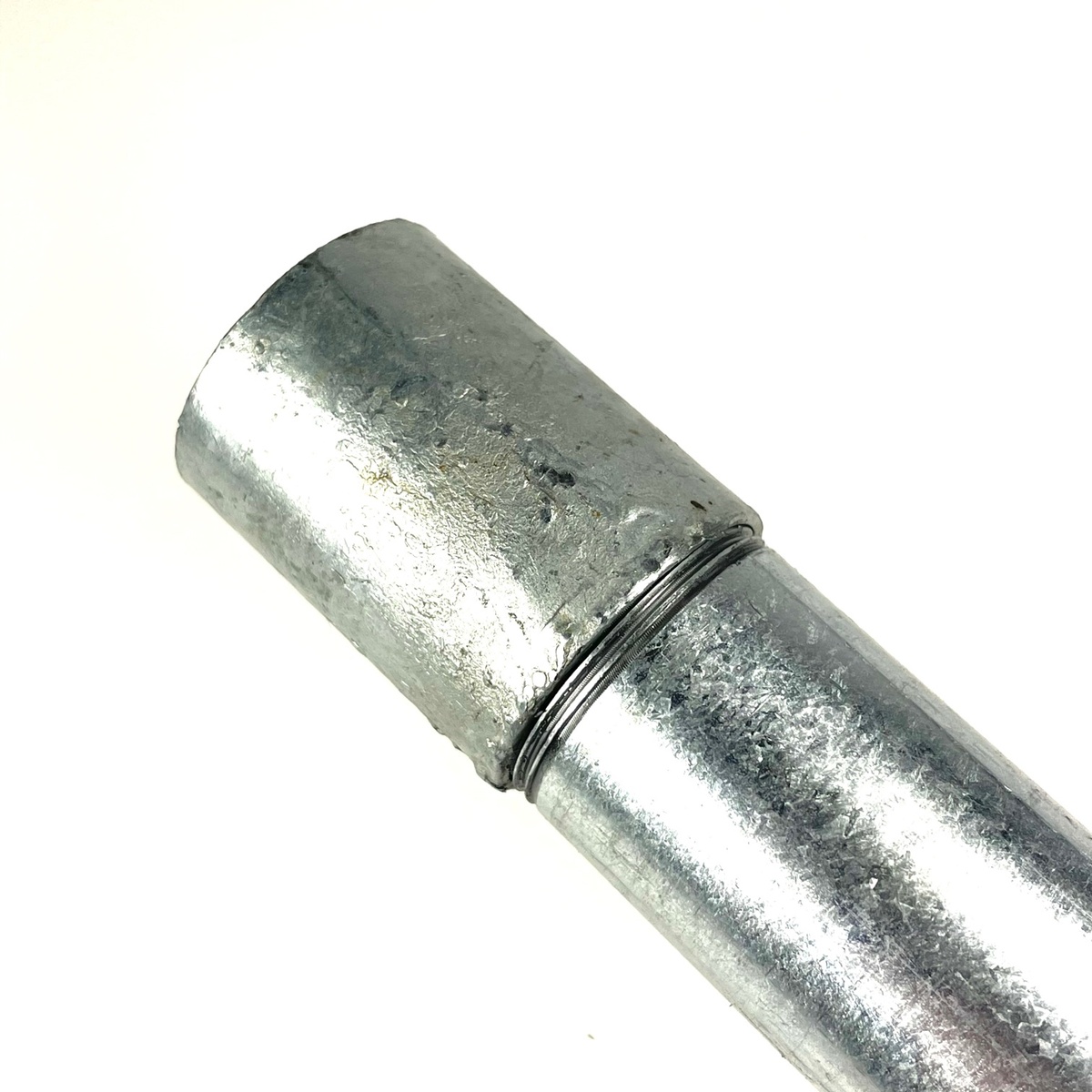
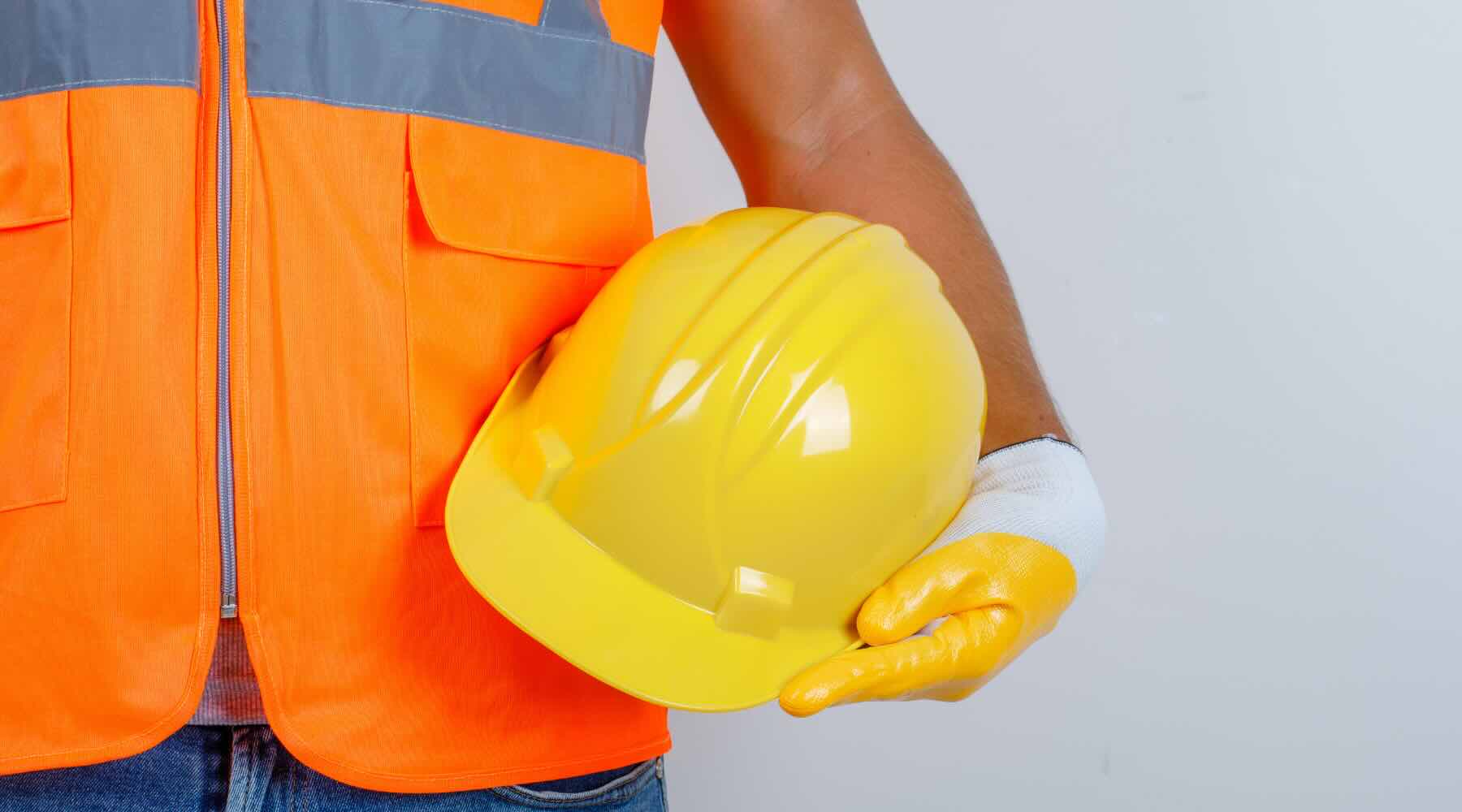
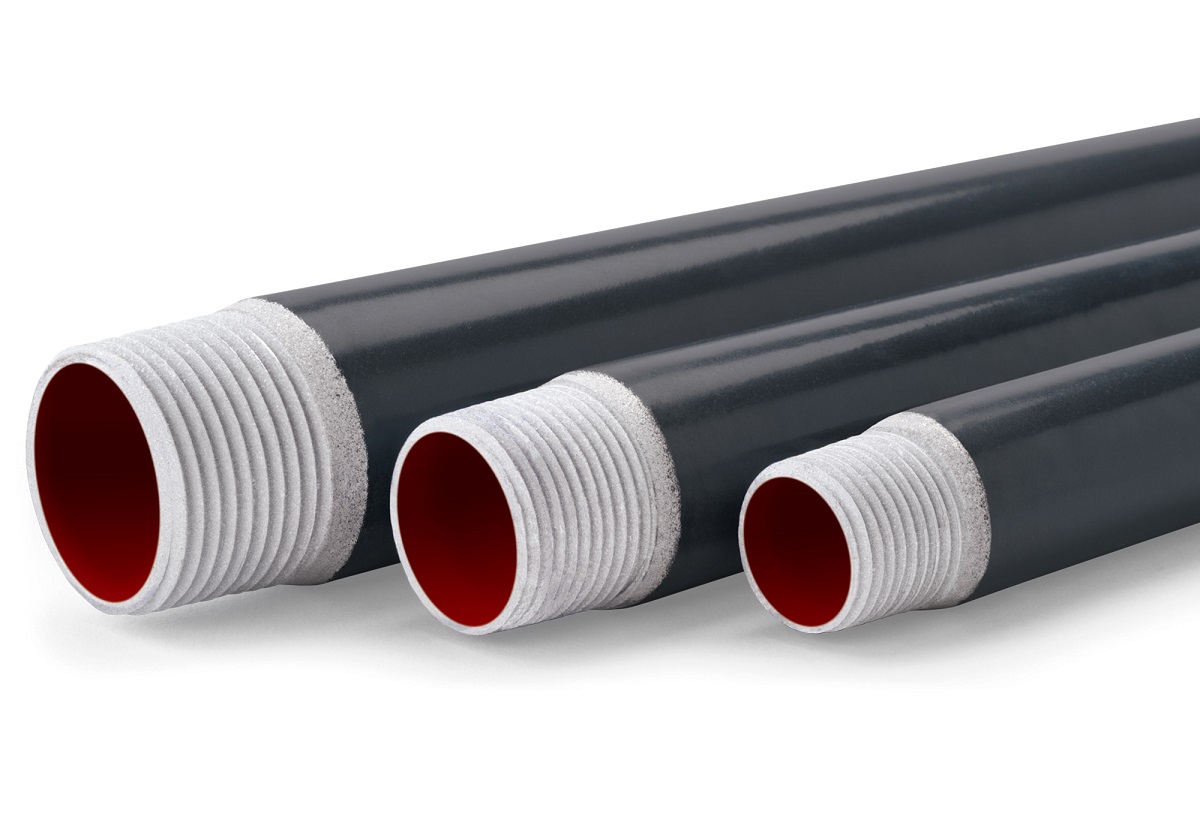
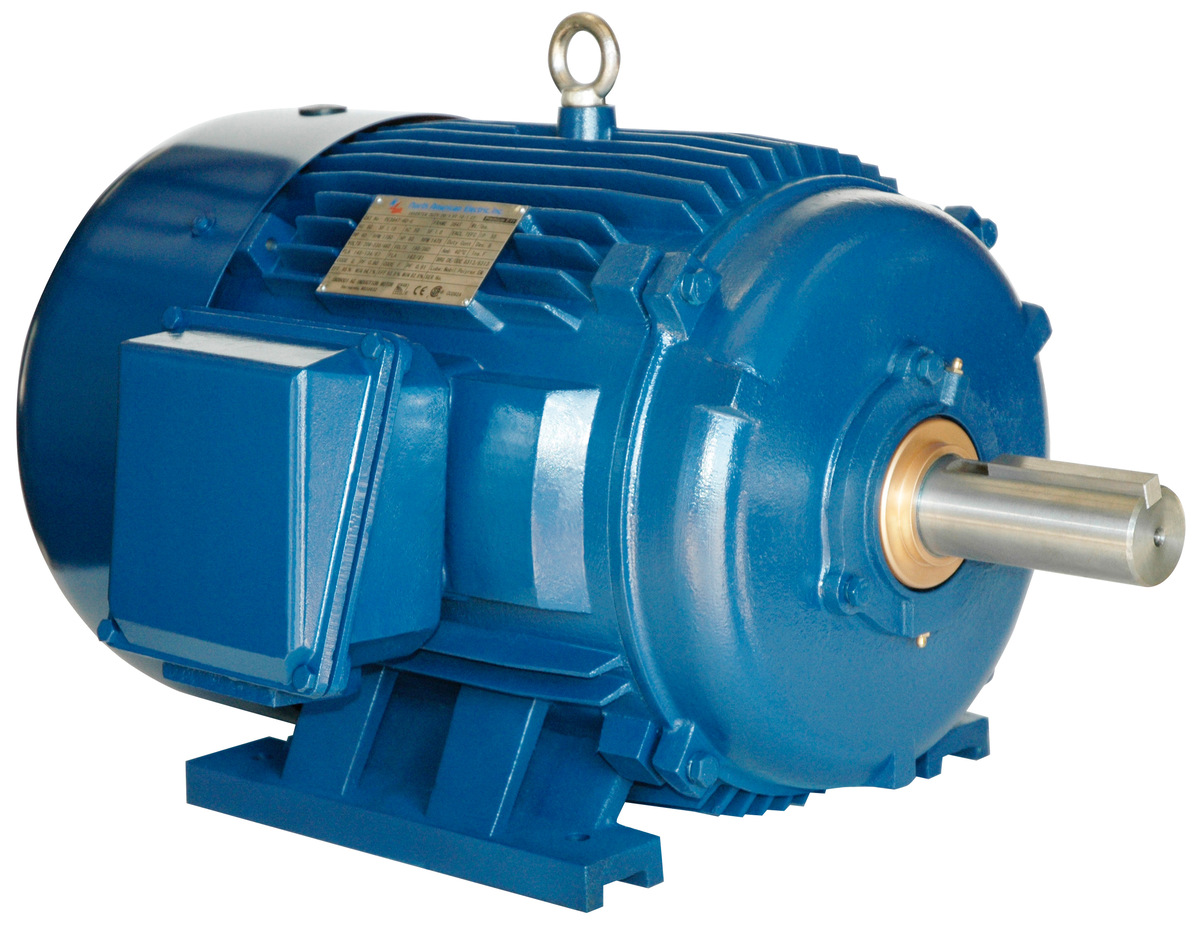
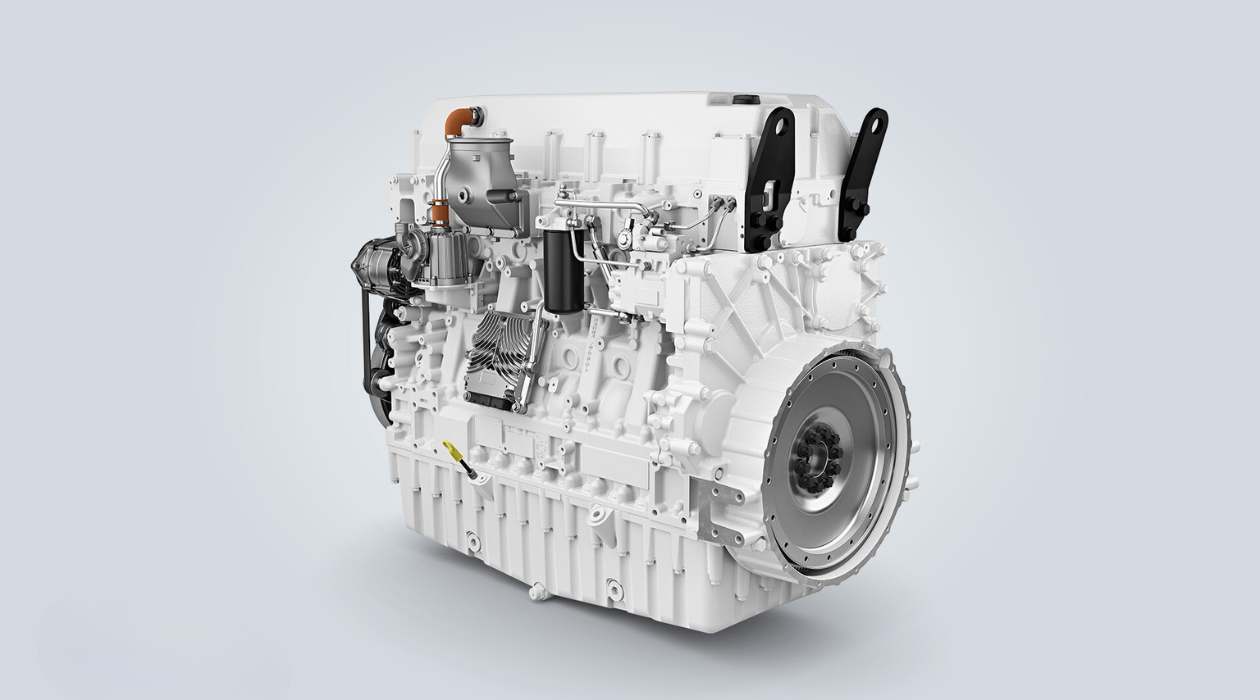

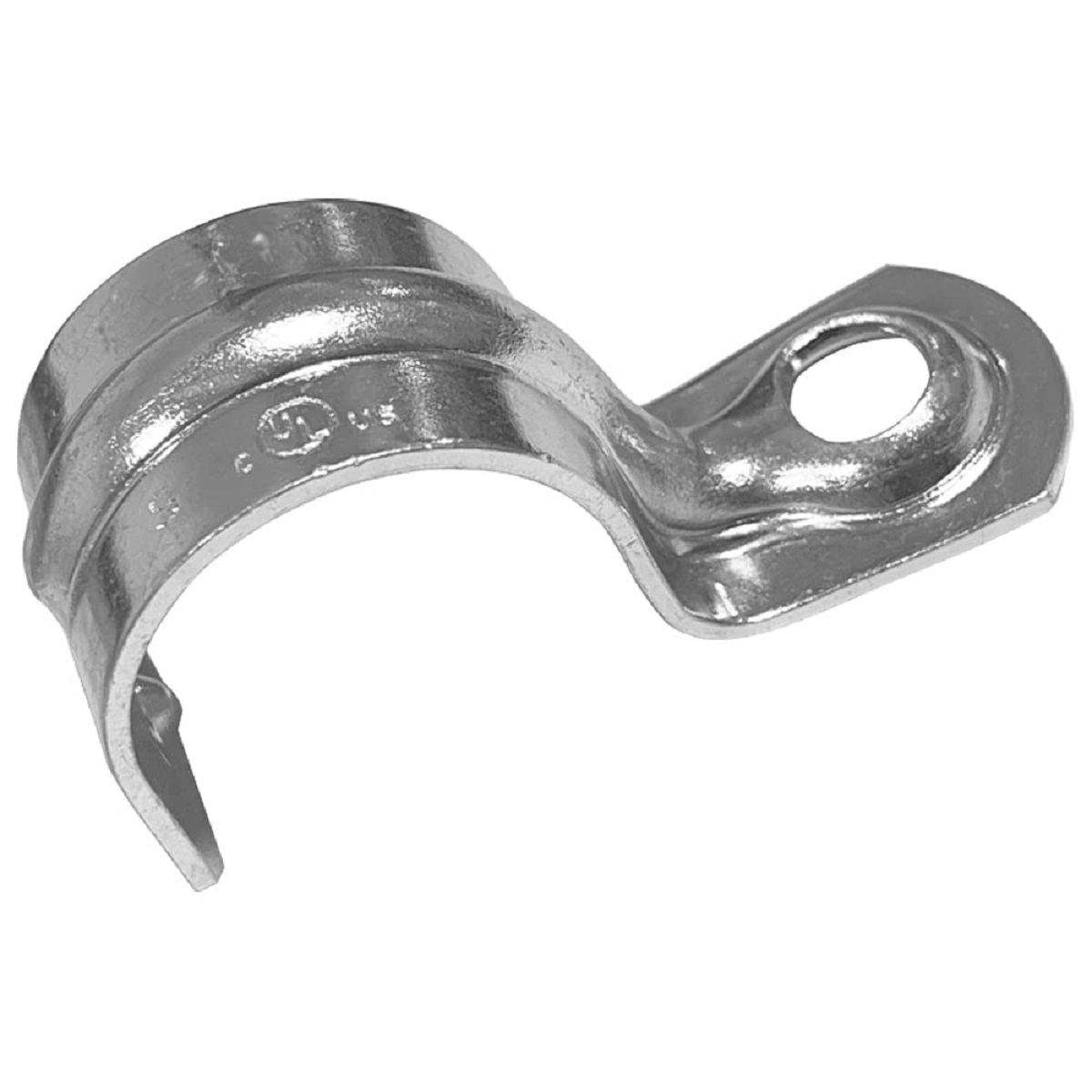
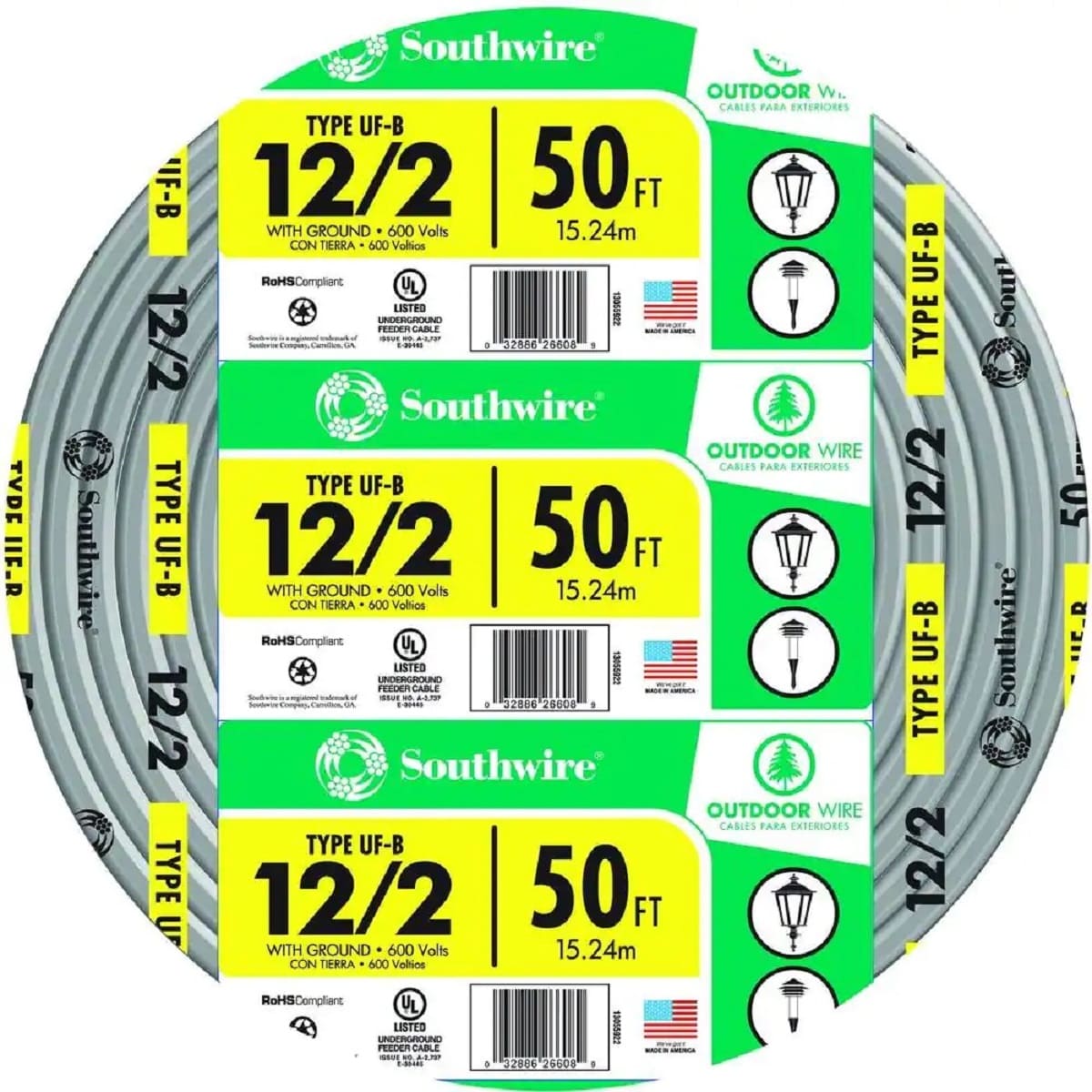

0 thoughts on “What Is Type 1 And Type 2 Construction”